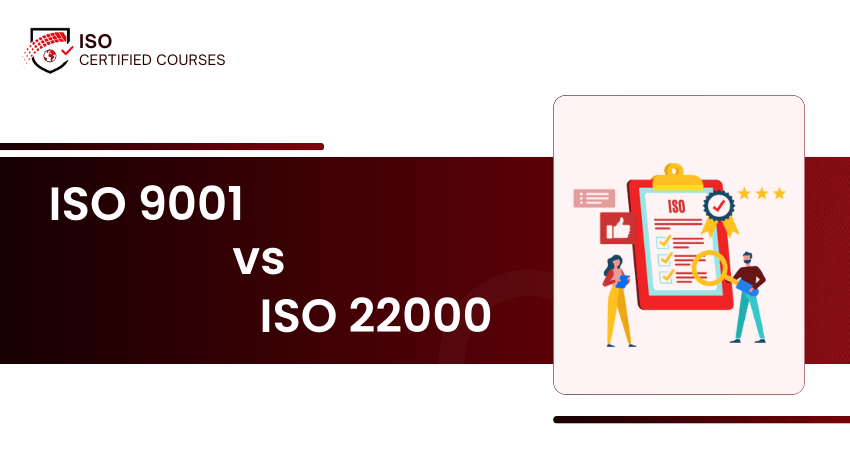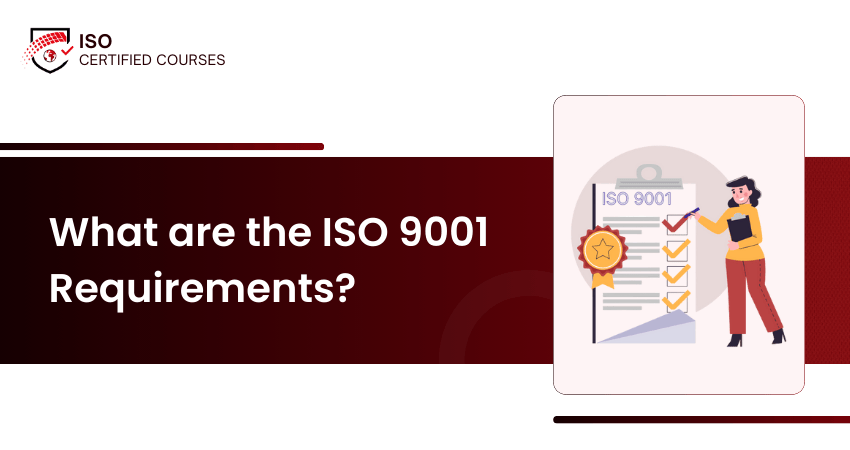What Is ISO 55001 Training Courses ?
Master Asset Management excellence with our ISO 55001 Training Courses. Recognised globally, this training enables professionals to optimise asset performance, reduce lifecycle costs, and align asset strategies with business objectives through ISO 55001 standards.
Countries
Locations Worldwide
Years of Expertise
Certified Trainers
Where is ISO 55001 Applied in Real-world Industries?
Utilities: Ensure consistent service delivery and optimise infrastructure maintenance
Transport: Enhance fleet and infrastructure reliability through planned asset strategies
Manufacturing: Maximise machinery uptime and reduce unplanned outages
Oil & Gas: Manage high-value assets with a risk-based, lifecycle-focused approach
Browse Our Courses
The Benefits of ISO 55001 Training Courses

70 % boost in asset reliability
Professionals trained in ISO 55001 achieve a 70 % drop in unexpected equipment failures by applying structured maintenance plans, data-driven monitoring, and continual performance reviews to every asset they oversee.

30 % lower lifecycle costs on personal projects
Asset managers trained in ISO 55001 report up to 30 % savings across the assets they control, selecting optimal maintenance windows, extending service life, and eliminating wasteful spend.

68 % sharper capital-planning decisions
With ISO 55001 knowledge, 68 % of practitioners gain clear visibility into asset value, condition, and risk, enabling confident long-term investment choices aligned with business goals.

45 % stronger risk mitigation skills
Individuals versed in ISO 55001 identify and address asset-related threats 45 % more effectively, protecting safety, continuity, and compliance through proactive risk analysis and action plans.

59 % rise in stakeholder confidence
Organisations employing ISO-trained staff enjoy 59 % greater trust from investors, regulators, and customers, thanks to transparent, well-documented asset decisions that demonstrate accountability.

50 % more efficient cross-department collaboration
Businesses with ISO 55001-skilled teams streamline processes across sites and functions, realising a 50 % gain in collaboration as common asset language and standard methods replace silos.
Our ISO Training, Your Format
Choose the training format that fits your team’s goals, schedule, and preferred learning style. Our ISO Certified Courses are designed to deliver consistent, high-quality learning, anytime, anywhere.
Classroom Training
Online Instructor-Led Training
Online Self-Paced Training
Discover Your Ideal ISO Learning Path and Build a Standards-driven Future
Proven ROI: Why ISO Standards Matter
67% of organisations implementing Quality Management Systems report significant savings.
24/7 Learning Assistance

Served 10K+ Global Learners
Frequently Asked Questions
What is the main purpose of ISO 55001 Training?
ISO 55001 Training helps organisations manage the value, performance, and risks of physical and intangible assets using structured, strategic asset management systems. It supports better decision-making, improved efficiency, and long-term asset reliability across industries.
Who should take the ISO 55001 Training?
This training is ideal for Asset Managers, Engineers, Maintenance Planners, Operations Leaders, Risk Managers, and anyone involved in managing infrastructure, equipment, or large-scale physical assets.
What are the key principles of ISO 55001?
ISO 55001 focuses on value creation, alignment with business objectives, leadership commitment, risk-based thinking, lifecycle approach, and continual improvement.
Is ISO 55001 applicable across sectors?
Yes, ISO 55001 can be implemented in industries like utilities, transport, energy, real estate, and manufacturing—anywhere where asset performance and cost matter.
What version of ISO 55001 is currently in use?
The current version is ISO 55001:2014, which outlines a risk-based, integrated approach to managing physical and intangible assets effectively.
Explore Our Most Popular Topics
Satisfied Clients From 5k+ Organisations In Different Fields












What Our Clients says about us
The ISO 9001 Internal Auditor Training gave me practical insight into quality systems and how to apply audit techniques effectively. The sessions were clear and approachable, even without prior auditing experience. I now feel confident reviewing documentation, identifying nonconformities, and contributing to continuous improvement. The real-world examples and audit scenarios helped me understand the practical side of compliance and how it fits into our daily operations.
Completing the ISO 45001 Foundation Training provided me with a solid understanding of occupational health and safety standards. The training clarified legal requirements, hazard identification, and risk control measures. I’ve applied this knowledge to improve our incident response protocols and reinforce safety culture within the team. It’s also made me more effective at communicating compliance expectations and supporting ongoing H&S initiatives.
The ISO 22301 Foundation Training helped deepen my knowledge of business continuity planning and risk preparedness. The course content was practical and focused on real implementation challenges, which I could immediately relate to my role. I now play a more active part in reviewing continuity plans and coordinating recovery strategies. The training has improved how we manage operational risks and strengthened our overall resilience.
I registered my team in the ISO 9001 Lead Implementer Training, and the improvements were visible right away. The training gave us the tools to standardise workflows, enhance documentation, and build a consistent quality management system. The team has taken ownership of processes and is now more proactive in identifying areas for improvement. It’s significantly enhanced how we align with best practices and deliver results with greater reliability.
Our team participated in the ISO 45001 Lead Auditor Training to reinforce our internal safety and compliance framework. The training not only improved our auditing skills but also helped us critically assess our workplace health and safety practices. We’ve since implemented stronger controls and improved reporting structures. The shift in awareness and engagement has been very positive, especially in high-risk areas.












































